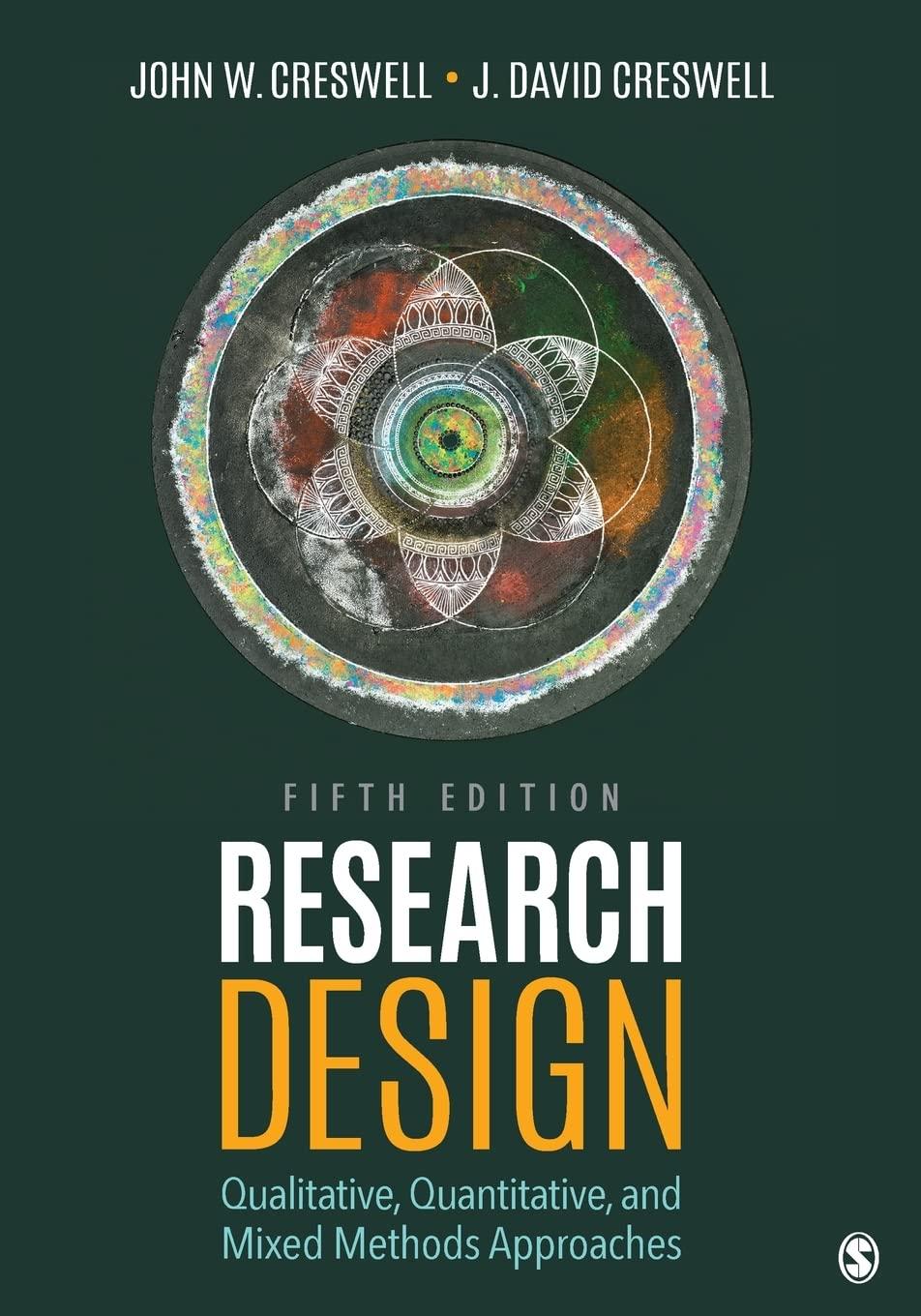
Refer to the attachments;
4 (i) (a) Define the terms "forward contract" and "forward price". (b) Explain the concept of a forward interest rate in the context of forward prices. (c) Describe a forward rate agreement. [3] (ii) Let Zy be a normally distributed random variable with mean ,, and variance To. Let S be a stock whose price at time 0 is given by So such that the change in the logarithm of the price of $ over a period T is ZT. Two parties enter into a forward agreement under which they agree to trade the stock after time I for a price of K. Write down expressions for the following: (a) The value of the contract at time T. (b) The present value of the contract's cash flows, discounted at the risk free rate of interest. (c) The price of the stock at time I as a function of the current price S, and (d) The expected value E[Sy] of the price of the stock at time T. [6] (iii) In the special case where So = 100, the expected growth in the price of the stock is g = 6% (i.e. E[S,] = 106), and the risk free rate of interest is r = 4% annually compounded, explain from first principles which of these values represents the arbitrage free one-year forward price of the contract: So(1 +r) =104 or So(1+ g) = E[S, ] =106 or . So(1+ g)/(1+r) = 101.921 (i) List necessary and sufficient conditions for a stochastic process { W(): 1 2 0} to be a standard Brownian motion with respect to a probability distribution P. [2] (ii) For the Brownian motion in (i), show that the random variables, W(), W(12), ..; W(t), have a multivariate Normal distribution with zero means and covariance matrix (v), where vy = min (fe ;). [3] (iii) Let a stock price S follow a standard Wiener process with expected growth rate j and volatility G5- Show that, if the expected growth rate of $ increases by Bos, for some constant B, then the expected growth rate of a function X of S (i.e. X = ((S)) increases by Boy, where Gy is the volatility of X. [3] [Total 8] 2 A purchased call option time spread is the simultaneous purchase of a call option of a given strike and maturity and a sale of a second call option of the same strike but shorter maturity. (i) Discuss the conditions under which a trader or hedger might wish to purchase a FTSE call option time spread. [2] (ii) A purchased call option time spread on the FTSE index is struck at the current index level of 4,500, with expiry dates three months and six months from today. For this time spread, sketch the following variables against the index value, showing the situation now, two months from now and almost three months from now: (a) Profit Loss Gamma You should assume for this part of the question that volatilities upon which option prices are devised remain constant in all situations. You may ignore financing costs in your diagrams. [8]









